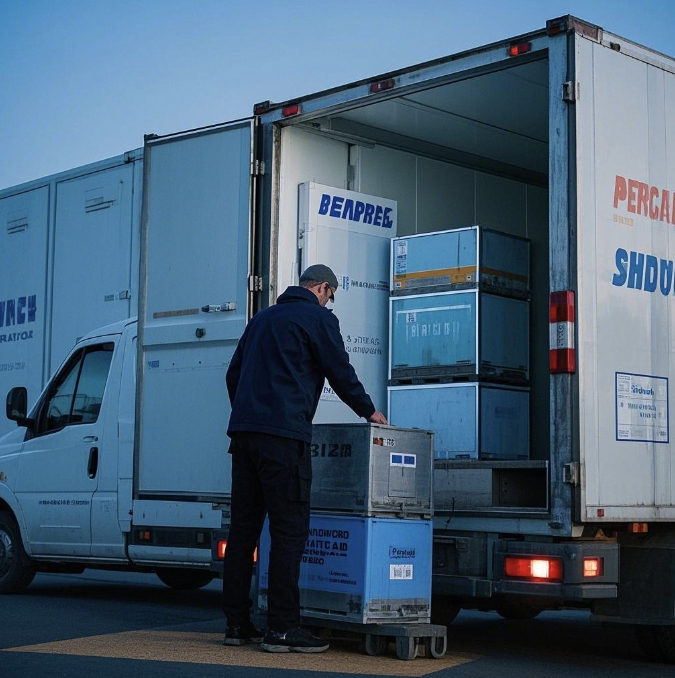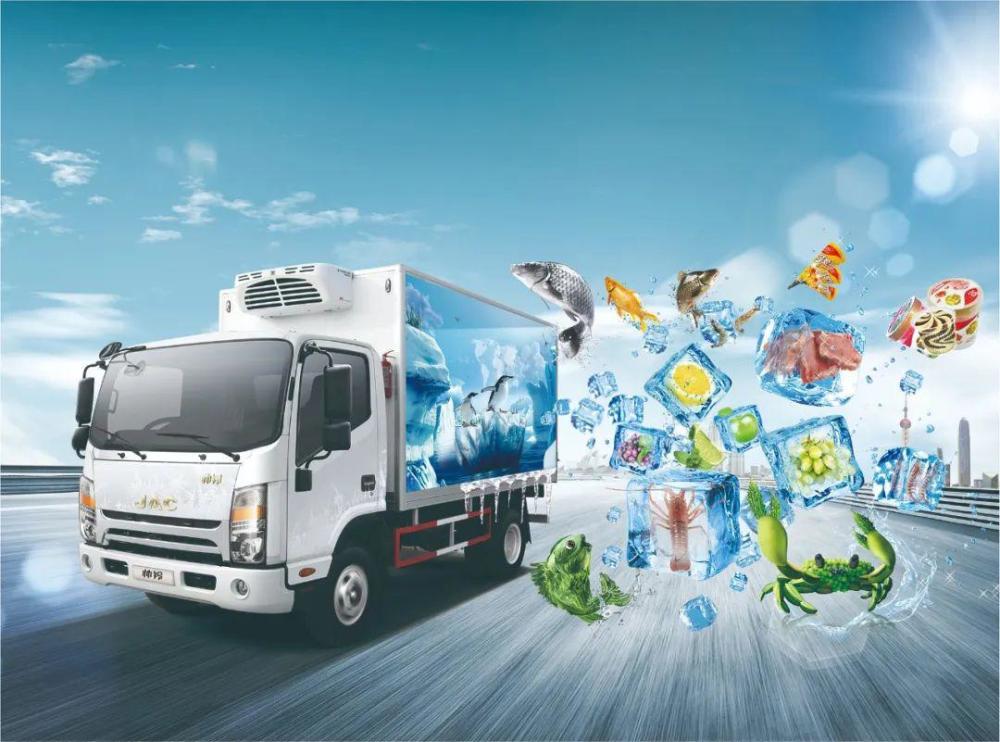
Ensuring Safe and Efficient Transportation of Temperature-Sensitive Goods In today’s globalized world, the logistics industry plays a critical role in the movement of goods across...

A Critical Component of Global Supply Chains In today’s interconnected world, cold chain logistics plays an essential role in ensuring the safe and efficient transportation...

I. Properties and Temperature Sensitivity of Insulin Insulin is a protein substance that is extremely sensitive to temperature changes. Both excessively high and low temperatures...

In the dynamic landscape of modern commerce, ensuring the safe and efficient transportation of temperature – sensitive products is of utmost importance. TEMPK, a leading...

In modern supply chains, temperature – controlled packaging is crucial, especially for perishable goods, pharmaceuticals, and sensitive products. Among key players, TEMPK and other leading...

1. Introduction In an era of global trade and increasing demand for fresh, safe, and effective temperature – sensitive products, cold chain platforms have emerged...

The Cornerstone for Ensuring the Circulation of Temperature-Sensitive Products In today’s globalized business landscape, global cold chain solutions play a pivotal role in the stable...

Navigating the Complexities of Temperature – Sensitive Deliveries Introduction In today’s globalized marketplace, the demand for cold chain shipping solutions has skyrocketed. From life –...

In the intricate and high – stakes world of pharmaceuticals, the role of pharma cold chain logistics companies is nothing short of critical. These specialized...

In today’s globalized world, the transportation of temperature-sensitive goods has become an integral part of various industries. From pharmaceuticals and food products to biotechnology and...

In the dynamic world of modern commerce, the cold chain industry plays a pivotal role in ensuring the safe and efficient transportation of perishable goods....

The Critical Role of Cold Chain Solutions Cold chain solutions are vital for industries handling temperature-sensitive goods, including pharmaceuticals, vaccines, biologics, and food products. These...

Unveiling Insulin’s Properties and Temperature Sensitivity As a critical protein-based substance, insulin is extremely sensitive to temperature fluctuations. Extreme heat or cold can denature insulin...

In today’s rapidly evolving food industry, the challenge of maintaining food safety while minimizing waste has become more pressing than ever. With an increasing global...

Optimal Practices in Storing & Transporting Temp-Sensitive Medications The storage and transportation of temperature-sensitive medications are critical elements in the pharmaceutical and healthcare industries. These...